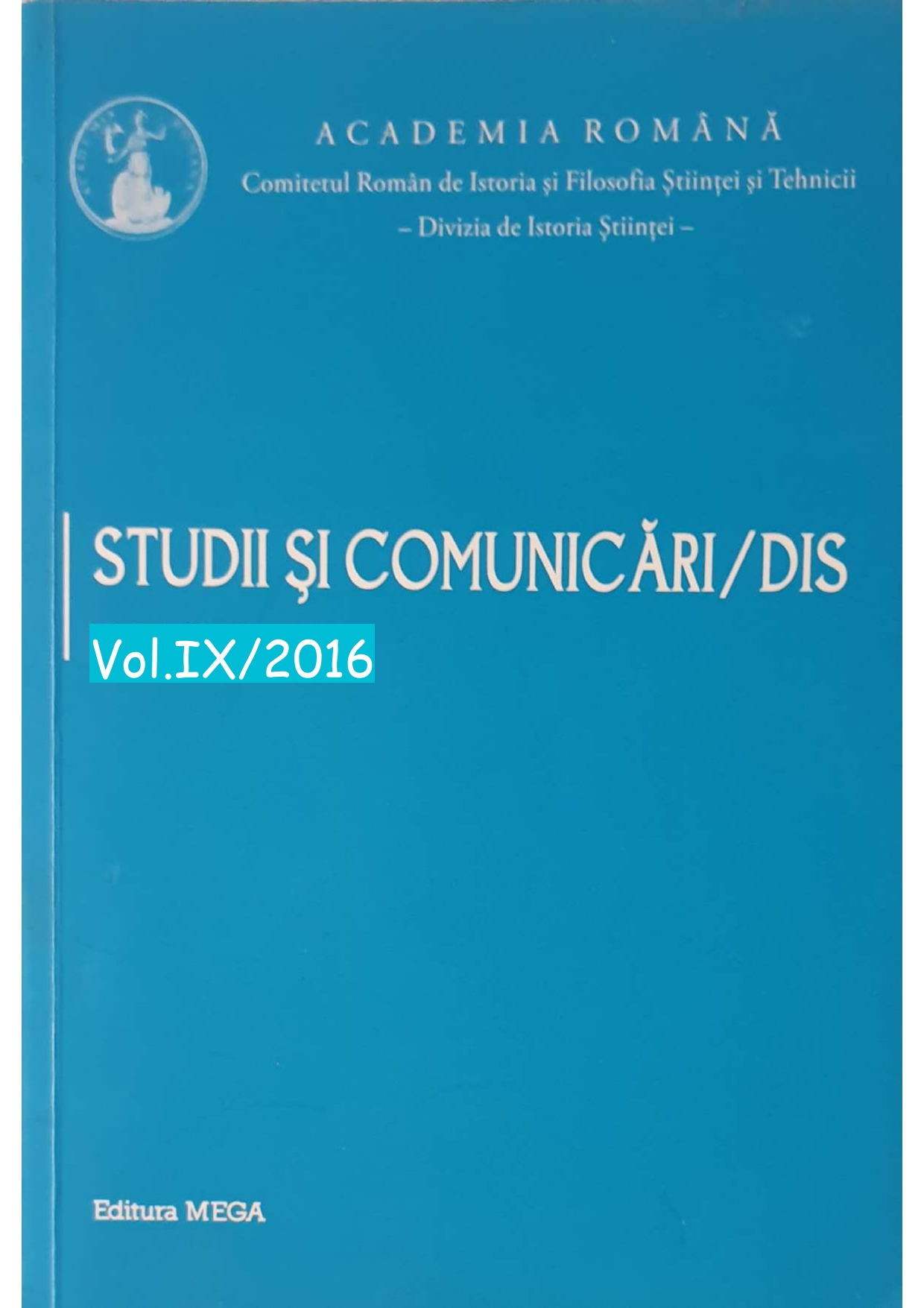Personalităţi marcante ale medicinii veterinare din Bucovina, membri ai Academiei Române (III). profesor dr. Ion Ciurea (1878–1944), membru corespondent al Academiei Române
Remarkable Personalities of Veterinary Medicine in Bucovina, Members of the Romanian Academy (III). Professor dr. Ciurea Ion (1878–1944), Associate Member of the Romanian Academy
Author(s): Dumitru Curcă Subject(s): Scientific Life
Published by: Editura Mega Print SRL
Summary/Abstract: Prof. I. Ciurea followed the Courses of The Superior School of Veterinary Medicine in Bucharest between 1896–1901. In 1902 he maintained his thesis of veterinary surgeon. He worked as a veterinary surgeon in the Moldavian town Piatra Neamt where he carried out research work regarding bovine Cysticercosis in the slaughtering house of the town. Examining a large carp from a market shop in Piatra Neamt, he noticed a lot of groups like pearls over the body and especially on the head and he diagnosed the parasite Neodiplostomum perlatum Ciurea 1910. Since that moment, Professor Ciurea began an ample study on trematodes where the fish was considered a complete or inter mediary host in one stage or another of development for their evolution. From September 1910 in 1912, he studied in Germany with professor Östertag and Professor Max Braun, especially about fish helmints and the larvae which migrate from the fish to humans, birds and mammals. He also studied the transmisson of Opistorchis felineus, frequently met in dogs and cats. The first intermediary host is the gasteropode Bythinia leachi, and the second one the fish belonging to Cyprinidae familly: Cyprinus carpio; Scardinius erytrhrophthalmus L for metacercaria. Prof. I. Ciurea in 1919 founded the Department of Parasitology and Food Inspection as part of Superior School of Veterinary Medi cine in Bucharest as well as an experimental research laboratory for worms study which existed as larvae stage in fish and adult humans, mammals and birds. In the Faculty of Veterinary Medicine Bucharest, he founded one of the nicest museums of ichthyopathology and regarding the first patrimony he studied, together with Grigore Antipa from National Museum of Natural Sciences, the fauna of the Danube Delta. He carried out important and ample research studies con cerning the families: Heterophydae, Strigeidae, Opisthorchiidae, Paramphistomatidae etc. The paper „Heterophyidaes of the Parasitary Fauna in Romania” uses the systematic morphologic study and the experimental method to describe new species: Metagonimus (Loosia) romanica (1912) and Metagonimus (Loosia) dobrogensis, Parascocotyle sinoense; Ascocotyle sinoecum (1923); Metascocotyle witenberge; which have fish as intermediary host: Scardinius erythrophthalmus L; Abramis brama L; Blicca björkna L, and Idus idus. For the microscopic exam I. Ciurea pointed out metacercaria cystis inside of fish eggs, muscles and wings. He described five new species in the Strigeidae family: Prohenistomum apendiculatus, Proelaris cle vate, Neodiplostomum (Conodiplostomum) pseudospathula, Neodiplostomum (Conodiplostomum) perlatum (1911) and Neodiplostomum cuticula. Considering his scientific activity in the field of helminthology he was invested with the title of mem ber of Natural Sciences Academy in Halle.
Journal: STUDII ȘI COMUNICĂRI/DIS
- Issue Year: 9/2016
- Issue No: 9
- Page Range: 227-249
- Page Count: 23
- Language: Romanian

